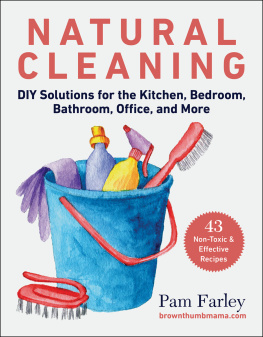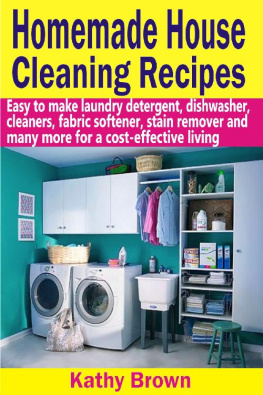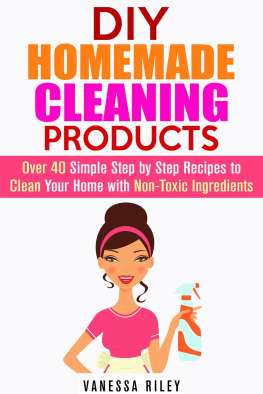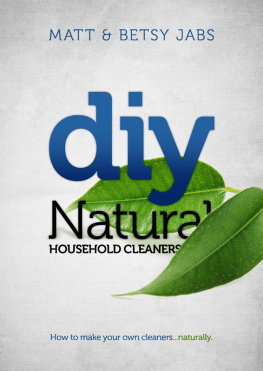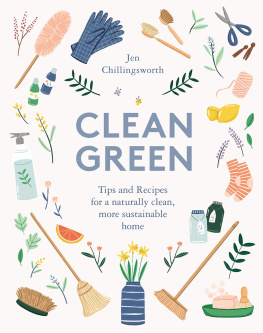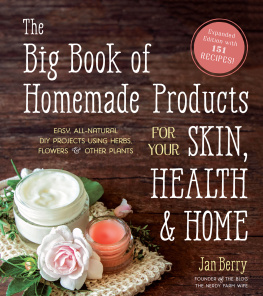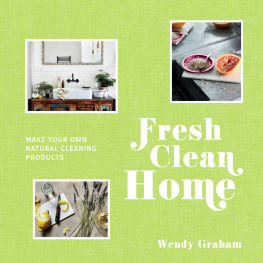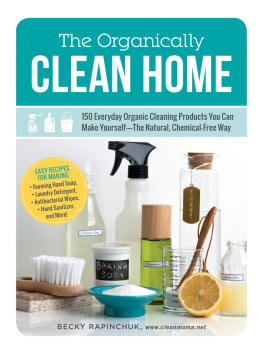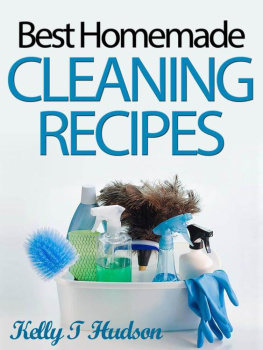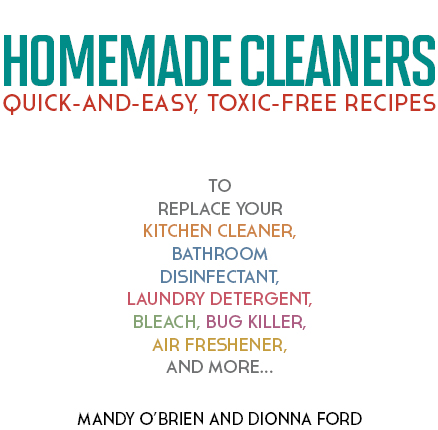
Text Copyright 2014 Mandy OBrien and Dionna Ford. Design and concept copyright 2014 Ulysses Press and its licensors. All rights reserved. Any unauthorized duplication in whole or in part or dissemination of this edition by any means (including but not limited to photocopying, electronic devices, digital versions, and the Internet) will be prosecuted to the fullest extent of the law.
Published by
Ulysses Press
P.O. Box 3440
Berkeley, CA 94703
www.ulyssespress.com
ISBN: 978-1-61243-313-4
Library of Congress Catalog Number 2013947587
10 9 8 7 6 5 4 3 2 1
Acquisitions editor: Katherine Furman
Project editor: Alice Riegert
Editor: Kathy Kaiser
Proofreader: Lauren Harrison
Front cover design: Double R Design
Front image: Aaron Amat/shutterstock.com
Interior design and layout: what!design @ whatweb.com
Index: Sayre Van Young
Distributed by Publishers Group West
NOTE TO READERS: This book has been written and published strictly for informational purposes. The authors and publisher are providing you with information in this work so that you can have the knowledge and can choose, at your own risk, to act on that knowledge. The views and opinions expressed in this book are solely those of the authors and do not necessarily represent those of Ulysses Press and/or the publisher.
This book is independently authored and published and no sponsorship or endorsement of this book by, and no affiliation with, any trademarked brands or other products mentioned within is claimed or suggested. All trademarks that appear in this book belong to their respective owners and are used here for informational purposes only.
We dedicate this book to everyone who is trying to make their home a safer, less toxic space.
TABLE OF CONTENTS
Modern society has witnessed a boom in health-conscious, environmentally aware individuals, but one vital component of overall well-being is often overlooked: our homes. Many of the products we use to keep our homes clean are toxic to the environment and our families. Marketers would have us believe that, in order to clean the right way, we must purchase an array of expensive products. This just isnt true. Making cleaning supplies with natural ingredients is not only possible, it can be done for much less money than you would pay for commercial products in the store. And while the idea of making everything from scratch may seem daunting, we hope to help you discover that making your own nontoxic cleaning supplies is actually quite easy.
Our journey to toxin-free homes began as we balanced being busy moms with our desire to make the healthiest choices for our families. Like many consumers, we feel a responsibility to leave the Earth a little bit better than we found it, but we also grapple with the daily reality of striking a balance between spending time with our families, doings things we enjoy, and taking care of ever-present to-do lists. We were both pleasantly surprised to find that creating homemade natural cleaning products was affordable, surprisingly fun, and shockingly simple. The key for each of us was gradually implementing reasonable changes that worked for our individual situations.
Ask those who live a comparatively green lifestyle, and they will all tell you the same thing: They didnt make their changes overnight. They made changes as they could, when they could. Living a healthier lifestyle is a continuum. There is no right way to make changes. Every individual and every family will have different needs and different capabilities.
With this in mind, weve divided our ideas and recipes into sections that felt natural to us when we thought about how we clean and manage our own homes. You can pick any one section and implement small changes to your routine at any time. For inspiration, we have included Simple Steps tips in each chapter with simple changes to help you on your way. Before you delve into the recipes, though, take a look at the next few sections, where we explain some of the science behind the products and processes used to clean in and around your home.
We hope that what you take away from this book is an understanding that living a less toxic life is an attainable goal. We hope that you will be inspired to take steps in whatever form works for you right now. Some of the changes may not seem practical to you now, but they might be a better fit later on. Its about simple steps.
THE BIG SECRET
The big secret of natural cleaning is this: You dont need the fancy bottles and the hard-to-pronounce substances inside them. A few essential supplies will have you cleaning naturally, healthily, and at a fraction of the cost of toxic commercial products. Hygiene doesnt have to come with a great cost to our wallets, and it shouldnt come with a cost to our health or to the environment.
You dont need an arsenal of supplies to get your home clean. Use soap, water, and a few other basic ingredients, and keep your home toxin-free.
We are going to list some amazing, easy-to-make recipes to clean your home inside and out, but for the most part, you dont need all of these. If you are just starting out, choose some of the easy recipes and get started on healthier cleaning. As you watch your home get clean without the toxic chemicals, feel free to branch out with some of our other recipes or with your own concoctions. Before long, you will be adding essential oils to lift your mood and brighten your atmosphere. Many of our recipes are here to make cleaning more enjoyable. If you find it stressful to contemplate or use so many recipes, cut back to the basics. Making simple changes means just that: keeping it simple.
As consumers, we have been led to believe that by the time products make it to the market, they have been thoroughly tested and proven safe. We pick up packaging and read labels before buying, just to know what is in the product. But what does a label really tell us? Even for those of us who are trying to make better purchases, we really cant define what is safe from a products label alone. Labels can be misleading. What we think we know about a product may not be true. How safe are your cleaning supplies, really?
VOLUNTARY DISCLOSURE
Do you know that companies that manufacture cleaning products for household and commercial use are not obligated to list the ingredients in their products? In 2010, the Consumer Specialty Products Association, the American Cleaning Institute, and the Canadian Consumer Specialty Products Association created a Voluntary Disclosure Program. Developed by trade organizations whose primary purpose is to represent the interests of the companies engaged in the manufacture, formulation, distribution, and sale of household and institutional cleaning products, the Voluntary Disclosure Program leaves disclosure of ingredients at the sole discretion of the manufacturers. For those that do label their products, many ingredients might not make it to the label, making informed consumerism difficult.
According to the National Research Council, no toxic information is available for more than 80 percent of the chemicals in everyday-use products.
Only 1 percent of toxins are required to be listed on labels, because companies classify their formulas as trade secrets.
Lorie Dwornick, researcher, educator, and activist, 2002
Companies are not obligated to disclose certain ingredients in commercial products, including expected contaminants (many of which are toxic to human and environmental health) and fragrances (which can include chemicals known to be allergens or hormone disruptors).
Next page

